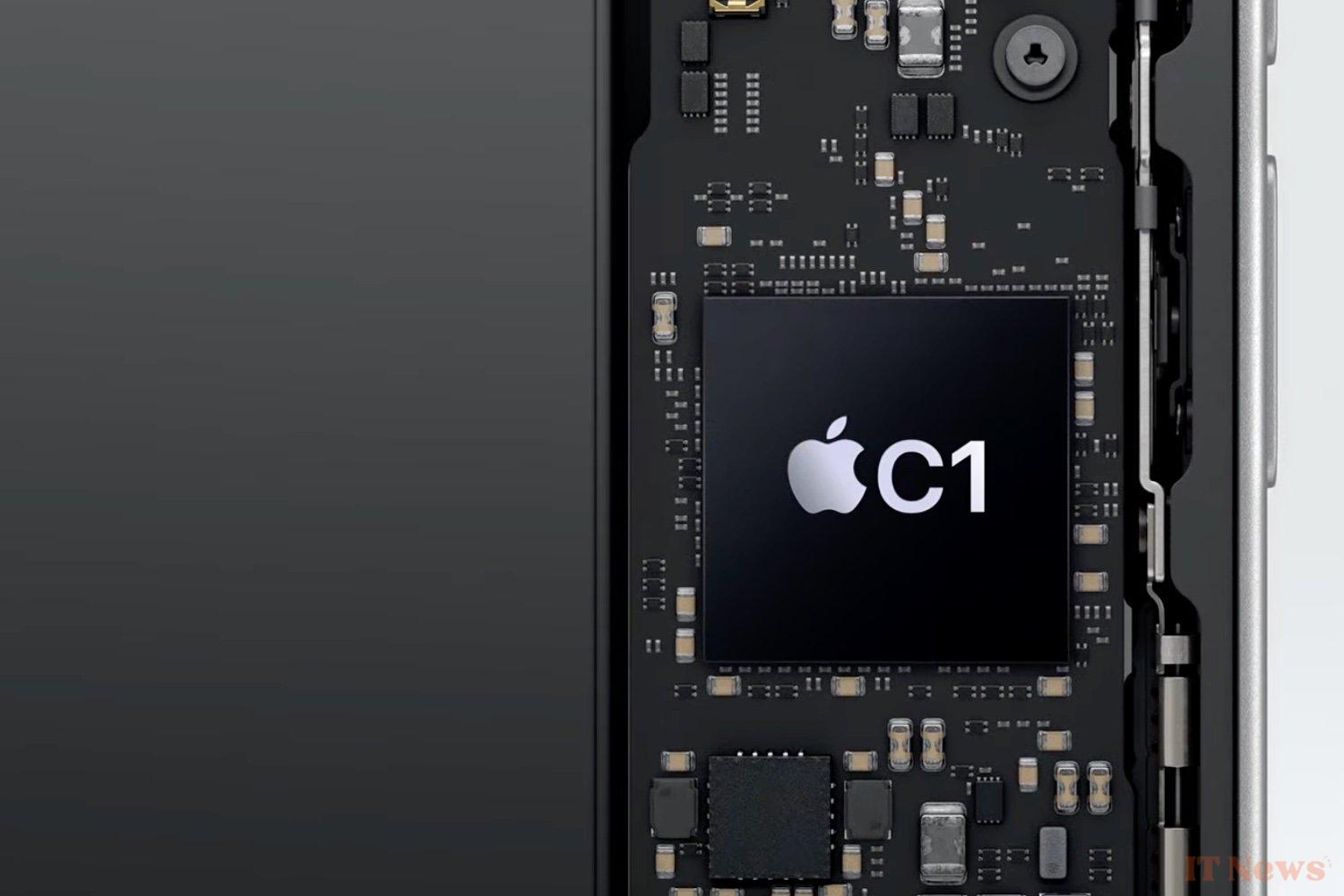With a name like that, there is no doubt that Apple has an idea in mind: the C1 will most certainly have successors, like the M chips in Macs or the A chips in iPhones. The modem integrated into the iPhone 16 is only a first step; in the long term, all of the manufacturer's devices should have an in-house cellular chip. Much to the dismay of Qualcomm, the current supplier.
The next step (C2?) is already in the pipeline, Ming-Chi Kuo believes. The TF International analyst, who has good sources in Apple's supply chain, is talking today about a "refreshed" version of the chip, which would enter mass production next year. On the menu: improved power consumption and speeds, as well as mmWave support, in other words millimeter wave 5G.
This ultra-fast 5G is also very difficult to pick up: the waves don't travel as far as the lower frequencies of "classic" 4G or 5G (sub-6 GHz). They are also easily blocked by obstacles, such as walls, glass... or even tree leaves. This is why 5G mmWave is not widely deployed: Apple only offers it on its iPhones in the United States. And so the iPhone 16e is not compatible at all.
Support for the millimeter wave network is not necessarily essential given the constraints, but Apple can hardly ignore it completely. Other rumors have also mentioned a C2 for 2026, which could integrate the future iPhone 18 Pro.



0 Comments